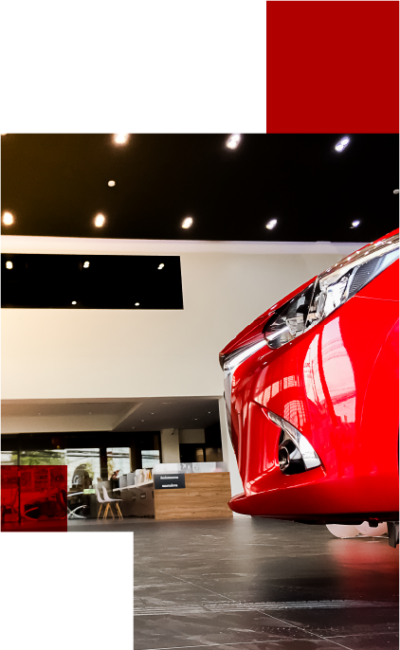Asset Optimization

Are you leveraging your automotive
dealership and financial assets?
Generally, dealer Principals are concerned about “being in debt”, though debt, when managed properly, can be a powerful tool to enhance liquidity and profitability. Leveraging debt allows dealerships to access capital needed for growth, manage cash flow effectively, and take advantage of investment opportunities without diluting ownership.
There are several types of dealership assets that can be leveraged effectively:
- Inventory
- Inventory is one of the most significant assets for automotive dealerships. It includes both new and used vehicles held for sale. Leveraging inventory often involves utilizing a floor plan line of credit, where lenders provide funds based on the value of the inventory held.
- Account Receivable
- Accounts receivable, or outstanding invoices for vehicle sales and service, represent funds owed to the dealership. These can be leveraged through accounts receivable financing, also known as factoring. Factoring involves selling invoices to a third-party finance company at a discount in exchange for immediate cash. This improves cash flow and reduces the risk associated with late payments or bad debts.
- Real Estate
- Real estate owned by the dealership, such as the dealership lot, showroom, or service center, can be leveraged through mortgage loans or commercial real estate loans. This allows dealerships to unlock equity in their properties to finance expansion, renovations, or other business initiatives. Real estate can also serve as collateral for larger loans at favorable interest rates due to its tangible value.
- Equipment and Machinery
- Equipment and machinery used in the dealership’s service department, such as diagnostic tools, lifts, and specialized equipment, can be leveraged through equipment financing. Lenders provide funds to purchase or lease equipment, with the equipment itself serving as collateral. This financing option helps dealerships upgrade equipment, improve operational efficiency, and manage cash flow effectively.
- Strategies for Effective Asset Leveraging
- Debt can be used strategically to improve liquidity and profitability. These actions should be considered to assess how to leverage the dealership’s debt:
- Conduct a comprehensive asset assessment.
- Develop a strategic debt management plan.
- Negotiate favorable financing terms.
- Monitor and manage cash flow.
- Assess how to utilize asset-based financing.
- Consider tax liabilities and advantages.
- What is the cost of capital needed.
- Evaluate the benefits of engaging with a financial advisory firm.
Effectively leveraging automotive dealerships and financial assets is a fundamental aspect of successful debt management and business growth. It is an aspect that is generally underutilized by most dealer principals. Rather than thriving to operate “debt free”, dealers typically miss out on maximizing profitability or expansion through leveraging existing debt.
By leveraging assets wisely, automotive dealerships can navigate challenges, seize opportunities, including expansion, and smartly use “other people’s money” to thrive in a continuously evolving market landscape.











